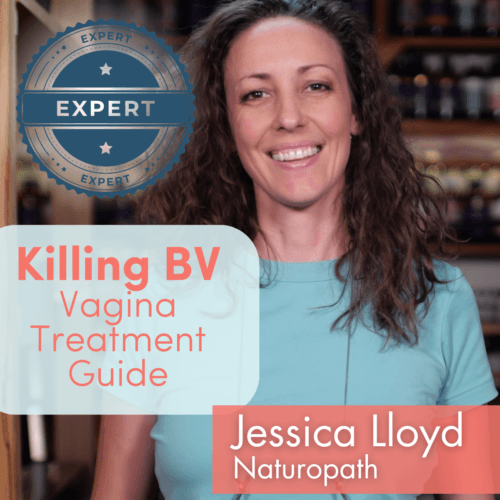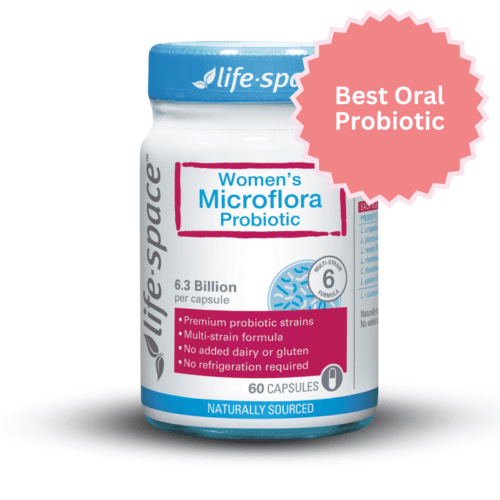Sanitary pads or panty liners are sanitary products designed to ‘catch’ and absorb blood or discharge coming from the vagina.
Both panty liners and pads come in a variety of sizes, shapes, and materials, often matched to their job.
Read about period etiquette – the dos and don’ts
Some pads are enormous and are designed for use after giving birth, almost like a nappy, while others are so thin and discrete to catch normal vaginal discharge that you can hardly feel or see them.
Controversy exists over the textiles used to make disposable pads and panty liners, so it pays to check your brand.
Before pads were mass-produced and made commercially available, women used fabric pads that were washed and reused. Women have been figuring out ways to stop their periods going everywhere since the dawn of time, so pads and panty liners are hardly a new invention.
The modern varieties we have access to are disposable. Being disposable doesn’t make them any more hygienic, really, since washing rinses out any blood and remnants of bacteria.
You should throw away disposable panty liners and pads, and do not try to wash them. They could disintegrate in your washing machine, and harbour bacteria within their folds.
How sanitary pads and panty liners work
Sanitary pads have a sticky backside that sticks to your underwear, acting like an insert that doesn’t move around. They often have ‘wings’ that attach underneath your underwear so there is no leakage around the edges of your underwear.
What are pads and panty liners made from?
Pads and panty liners are made from either disposable textiles like bamboo or cotton, or fabric pads, which are designed to be washed and reused. The insides may have plant materials inside to absorb, although each brand has a different system.
The surface is designed to keep your feeling dry by wicking the blood away from your skin and into the absorbent part of the pad or panty liner.
What’s the difference between a pad and a panty liner?
As the name suggests, a panty liner is for low-absorbency requirements, and simply lines your underwear so any discharge or blood doesn’t get to your underwear. Panty liners are not good for heavy flow days, but can be good right at the end of your period, or to wear just in case of leakage when using a tampon.
Pads come in a range of absorbencies, from light flow to very heavy flow days. The thickness of the pad typically dictates how absorbent it is, however different materials are more absorbent than others, so you will need to find a brand that feels comfortable to you.
Pads of old used to be incredibly bulky and awful to wear, almost like a nappy, but thankfully that has changed and pads are now quite slim and comfortable.
Choosing the right pads
We recommend using washable fabric pads, since they have no chance of containing offensive, poisonous or chemical ingredients – they are fabric. Failing that, try to find only organic brands.
These brands are not always available in stores, but look online – you’ll find a whole new world of pads, tampons, menstrual cups and period undies to satisfy your period needs.
Be fussy with what you put on your vulva
Your vulva is a highly vascular area, which means the blood comes close to the surface of the skin and chemicals can be easily absorbed. Just because it looks nice and white and clean doesn’t mean it can’t hurt you.1
If you want to see the difference between an organic pad and a regular pad, light them both on fire – the organic pad will burn normally, while the non-organic pad will reveal its plasticky ingredients.
Manufacturers have no requirement to reveal their ingredients, and do not do so. If you consider how many of these products you will use over a lifetime, it boggles the mind – tens of thousands.
Consider a menstrual cup or period undies as a safe, environmentally sound alternative.2–4
When to change a pad or panty liner
Anything that comes in contact with blood has a lifespan before it starts to smell, and you’ll be the best judge of when that time comes. A really full pad needs changing, but to make the most of your pads (they cost money!) it is most economical to wait until the pad is really full, then change it. If you are conscious of smells, it’s best to change when the blood starts to smell.
Panty liners are a bit different as they are usually only for light flows of discharge or blood, so it is at your discretion when you change a panty liner.
If you have heavy flow, a super absorbency maxi pad may be best used while sleeping to avoid leaks. Waking up to a blood bath isn’t much fun.
How to use pads and panty liners
With clean hands, unwrap the package of your panty liner or pad, disposing of the wrapper in the bin. If you are conscious of people seeing it in an open bin, you can stuff it into a pocket and put it elsewhere, or wrap it in toilet paper.
Remember that most pad wrappers are not biodegradable, and where your wrapper ends up matters.
Remove the adhesive strip with the pad facing either way – they are usually able to fit either way, and if they are supposed to go a certain way, the pad will have directions on it.
Secure the adhesive to your underwear, and you’re ready. If you wear g-strings, you can find special pads or liners that you can wear with g-strings, but you may find it more comfortable to wear full briefs.
References
- 1.Marroquin J, Kiomourtzoglou M, Scranton A, Pollack AZ. Chemicals in menstrual products: A systematic review. BJOG. Published online September 24, 2023. doi:10.1111/1471-0528.17668
- 2.van Eijk AM, Jayasinghe N, Zulaika G, et al. Exploring menstrual products: A systematic review and meta-analysis of reusable menstrual pads for public health internationally. Ravindran B, ed. PLoS ONE. Published online September 24, 2021:e0257610. doi:10.1371/journal.pone.0257610
- 3.Singh R, Agarwal M, Sinha S, Chaudhary N, Sinha HH, Anant M. Study of Adaptability and Efficacy of Menstrual Cups in Managing Menstrual Health and Hygiene: A Descriptive Longitudinal Study. Cureus. Published online September 28, 2022. doi:10.7759/cureus.29690
- 4.Ramsay C, Hennegan J, Douglass CH, Eddy S, Head A, Lim MSC. Reusable period products: use and perceptions among young people in Victoria, Australia. BMC Women’s Health. Published online March 11, 2023. doi:10.1186/s12905-023-02197-3
The most comprehensive vaginal microbiome test you can take at home, brought to you by world-leading vaginal microbiome scientists at Juno Bio.
Unique, comprehensive BV, AV and 'mystery bad vag' treatment guide, one-of-a-kind system, with effective, innovative treatments.
Promote and support a protective vaginal microbiome with tailored probiotic species.






